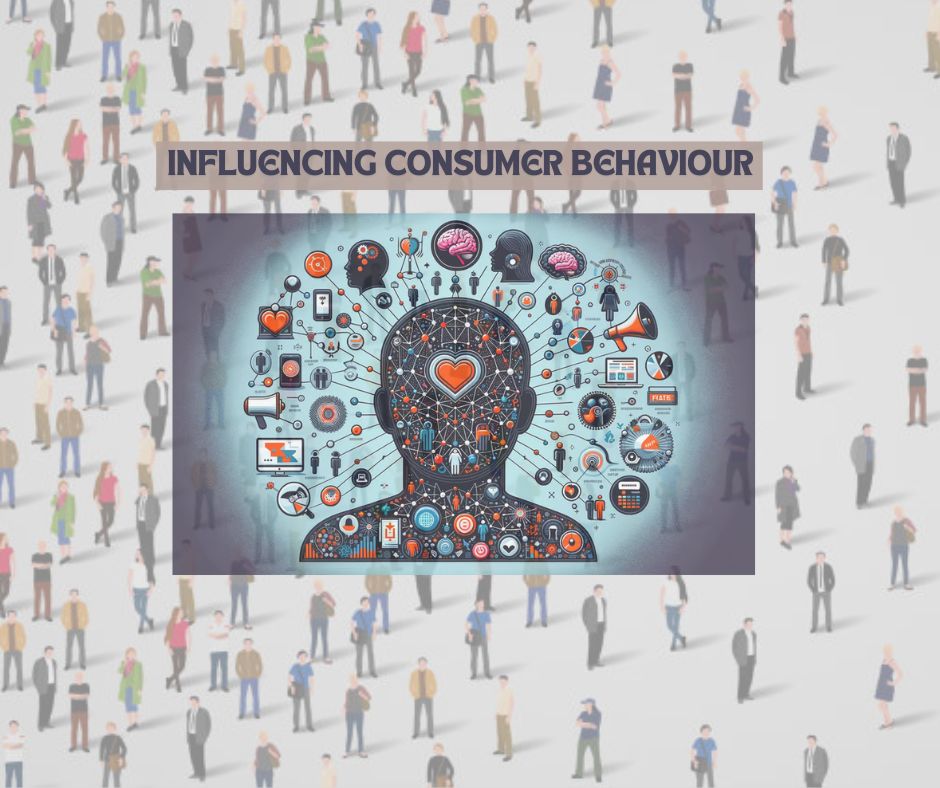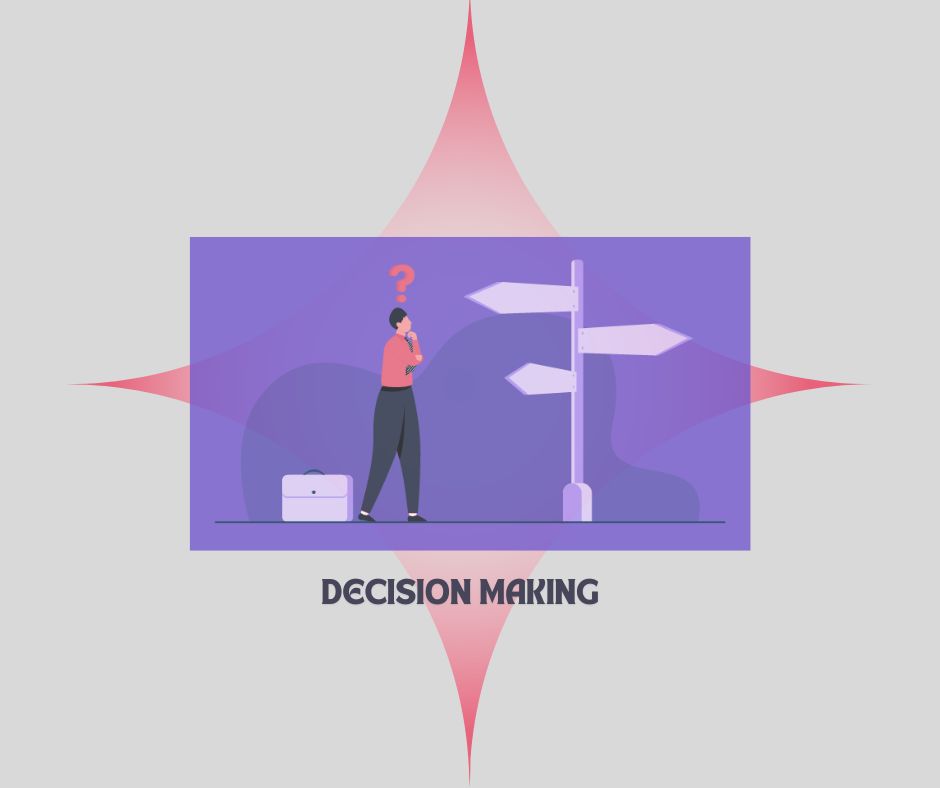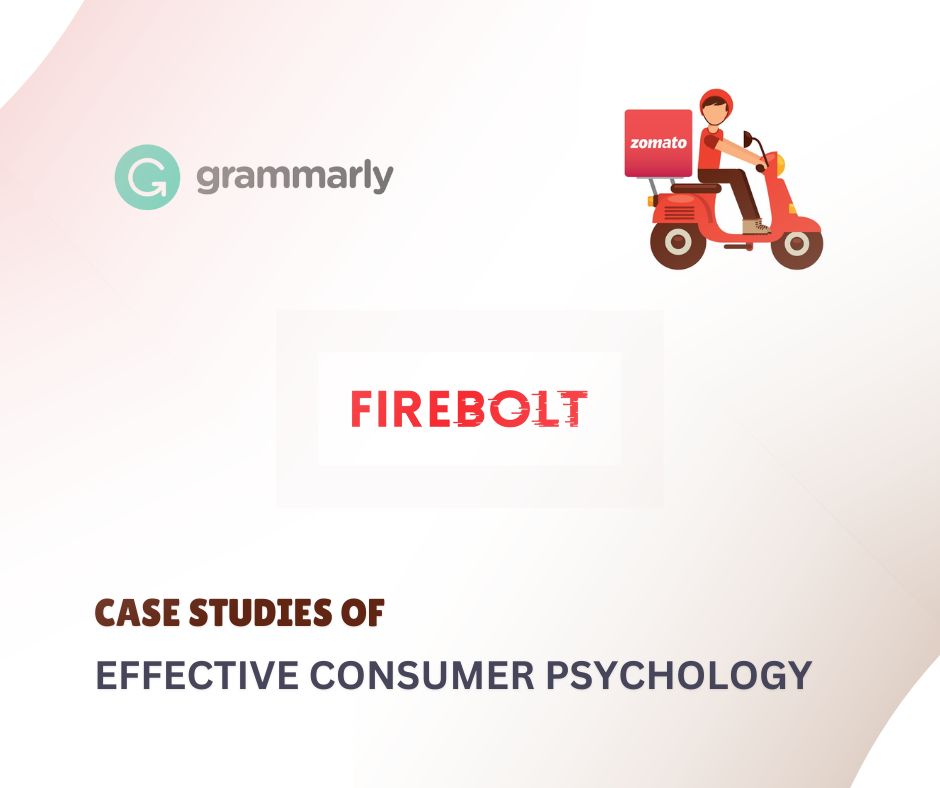Understanding Consumer Psychology, the study of how people make purchasing decisions, is crucial for both business and commerce students. If you know the key factors influencing consumer behaviour and what are the major consumer decision-making strategies for your industry, it becomes much easier to win them over.
The blog is quite interesting if you like to study the processes of how human minds work – and how you can influence them.
Understanding Consumer Psychology

Have you come across Flipkart’s Big Billion Days sale? The limited-time offers in the
sale drives sales by creating an urgency.
And this is how Consumer Psychology is used. The subject itself is the study of how individuals make purchasing decisions and what roles our emotions and cognitive processes play in it.
We do not often realise how emotions influence our consumer behaviour but they are the main reasons that drive ‘impulse buys’ and ‘brand loyalty’ that are important to businesses. Besides, cognitive processes (like our perception, memory, and reasoning) shape how we evaluate products and choose what to buy and what not to buy.
Emotionally appealing advertisements, user-friendly product designs, and personalised experiences businesses offer – all leverage consumer psychology.
We expect our business and commerce students to pay attention to how colours, music, and certain settings are used in ads and show-based promotions. It will help them understand how they can use their knowledge of consumer decision-making strategies to craft marketing plans that are effective and successful.
Key Factors Influencing Consumer Behaviour

Psychological Influences
- Perception: is how consumers interpret information and form impressions of products.
- Motivation: is the driving force behind consumers’ actions, often linked to needs and desires.
- Beliefs and Attitudes: refer to consumers’ long-held convictions and feelings towards products and brands.
Social Influences
- Family and Friends: have a significant impact on purchase decisions through recommendations and shared experiences.
- Social Media: platforms are instrumental in setting the trends and influencing consumer opinions through reviews and influencers’ takes on a business’s products or services.
- Cultural Trends: are prevailing societal norms and values that shape consumer preferences and behaviours about certain products.
Situational Influences
- Purchase Environment: refers to the setting in which a product is bought (for example, store layout and ambience).
- Timing: may include seasonal factors, sales periods, and personal timing affecting buying decisions.
- Context: are specific circumstances under which a purchase is made (such as special occasions or emergencies).
Consumer Decision-Making Strategies You Should Be Aware About

1. The Decision-Making Process
The basic consumer decision-making process has five steps:
- Problem Recognition: which is about identifying a need or problem.
- Information Search: that involves gathering data about possible solutions.
- Evaluation of Alternatives: where people compare different options based on criteria like price, quality, and brand.
- Purchase Decision: is about choosing and buying the product.
- Post-Purchase Behaviour: refers to assessing satisfaction and storing information for any future purchase intentions.
2. Heuristics and Biases in Consumer Decisions
- Heuristics: are simple, efficient rules used to make quick decisions. For example:
- Availability Heuristic: is about relying on immediate examples that come to mind.
- Anchoring: is about focusing heavily on the first piece of information received.
- Biases: are systematic patterns of deviation from norm or rationality. For example:
- Confirmation Bias: comes into play when people prefer information that confirms pre-existing beliefs.
- Status Quo Bias: comes into play when people favour the current situation over change.
3. Strategies Businesses Use to Influence Consumer Choices
Some of the most common strategies businesses employ are:
- Marketing and Advertising: Crafting persuasive messages that appeal to consumer psychology.
- Product Placement and Display: Positioning products strategically to catch consumers’ attention.
- Pricing Strategies: Using discounts, bundle offers, and dynamic pricing to attract consumers.
- Social Proof and Reviews: Leveraging customer reviews and testimonials to build trust.
Case Studies of Effective Consumer Psychology

1. Grammarly’s ‘Saved By The Email’ Campaign
This ad campaign humorously depicts common writing errors and how Grammarly saves the day.
Analysis: The ad uses humour to highlight relatable mistakes and demonstrates the value of Grammarly in real-life scenarios. This approach not only entertains but also educates consumers on the benefits of using Grammarly, thereby influencing their purchasing decisions.
Lessons Learned: Humour and relatability are powerful tools in consumer psychology, making advertisements memorable and engaging.
Practical Tips:
- Use humour to make your product more relatable and memorable.
- Highlight real-life scenarios to demonstrate the value of your product.
2. Zomato’s Mother’s Day Viral Tweet
The tweet cleverly played on the universal experience of calling for ‘Mummy’ when something goes wrong.
Analysis: The tweet was both humorous and nostalgic, tapping into deep emotional connections consumers have with their mothers. This not only garnered significant engagement but also subtly reminded users of Zomato’s reliable service.
Lessons Learned: Emotional and nostalgic elements in marketing can significantly enhance consumer engagement and brand connection.
Practical Tips:
- Incorporate emotional and nostalgic themes in your marketing.
- Use social media creatively to engage with your audience.
3. Fire-Boltt’s #GaleTohMil Campaign: Merging Cricket, Rap, and Tech
This campaign combined cricket, rap music, and technology to create a vibrant and energetic promotion for their smartwatch.
Analysis: This campaign effectively leveraged the popularity of cricket and rap culture in India. The ad’s energetic and contemporary style resonated with younger consumers, driving demand for Fire-Boltt’s tech products.
Lessons Learned: Integrating popular culture and trends can greatly enhance the appeal and effectiveness of marketing campaigns.
Practical Tips:
- Identify and leverage popular cultural trends and icons in your marketing.
- Create energetic and visually appealing ads to attract younger consumers.
Conclusion
We believe that understanding consumer psychology is crucial for business and commerce students as it enables them to craft effective marketing strategies, drive demand, and foster brand loyalty. Hence, mastering these insights can lead you to make more successful and impactful business decisions in the future.





